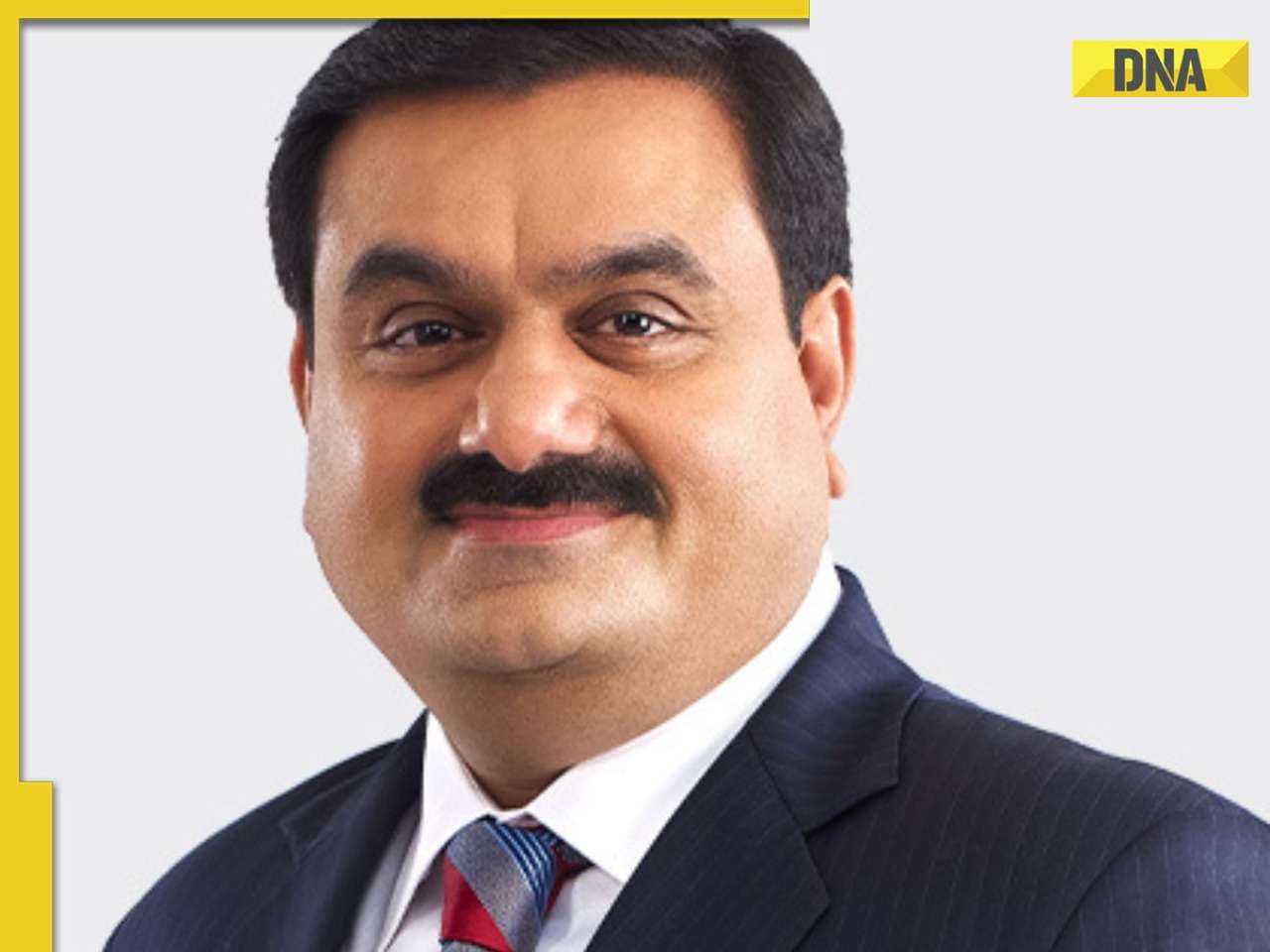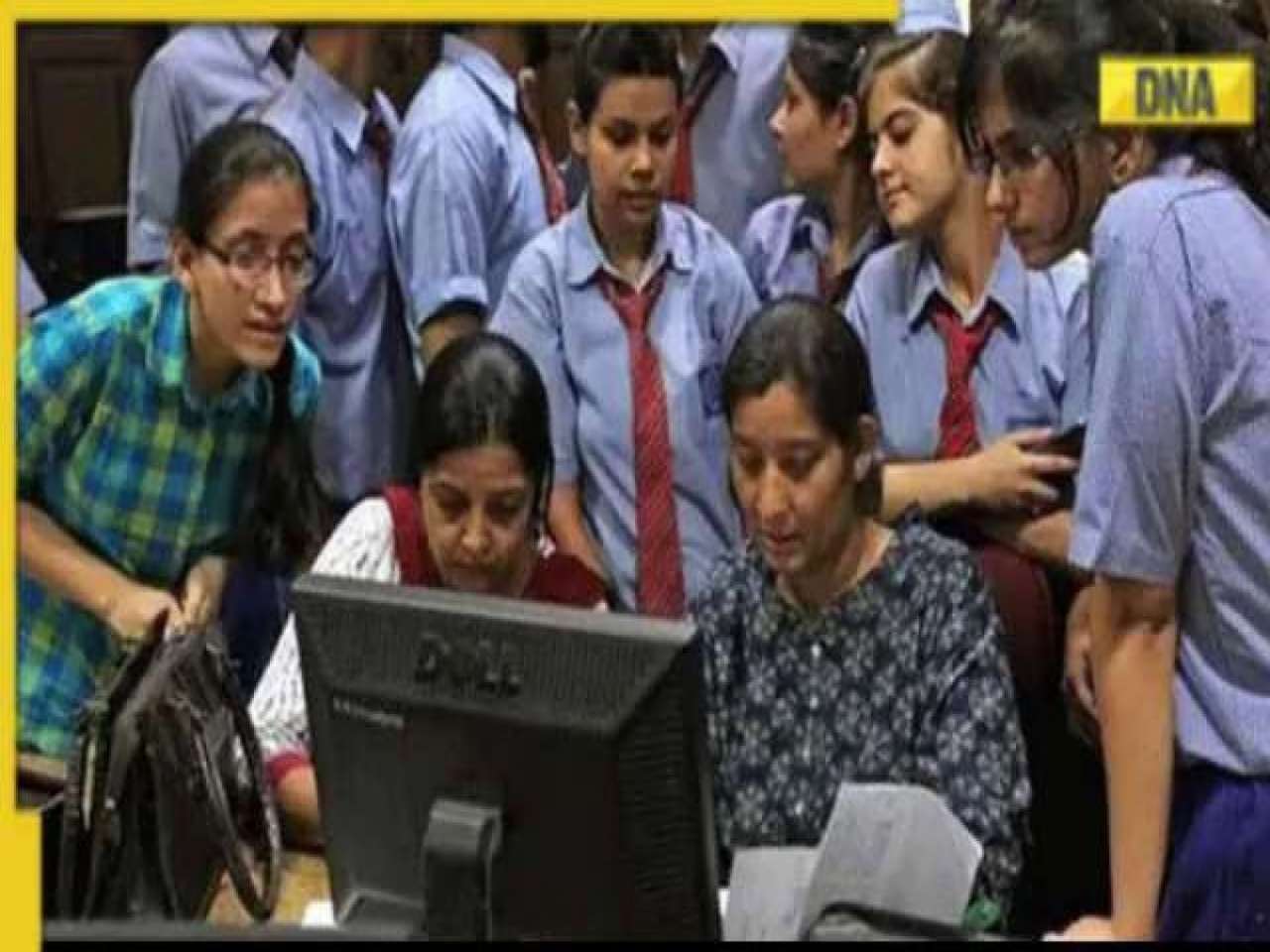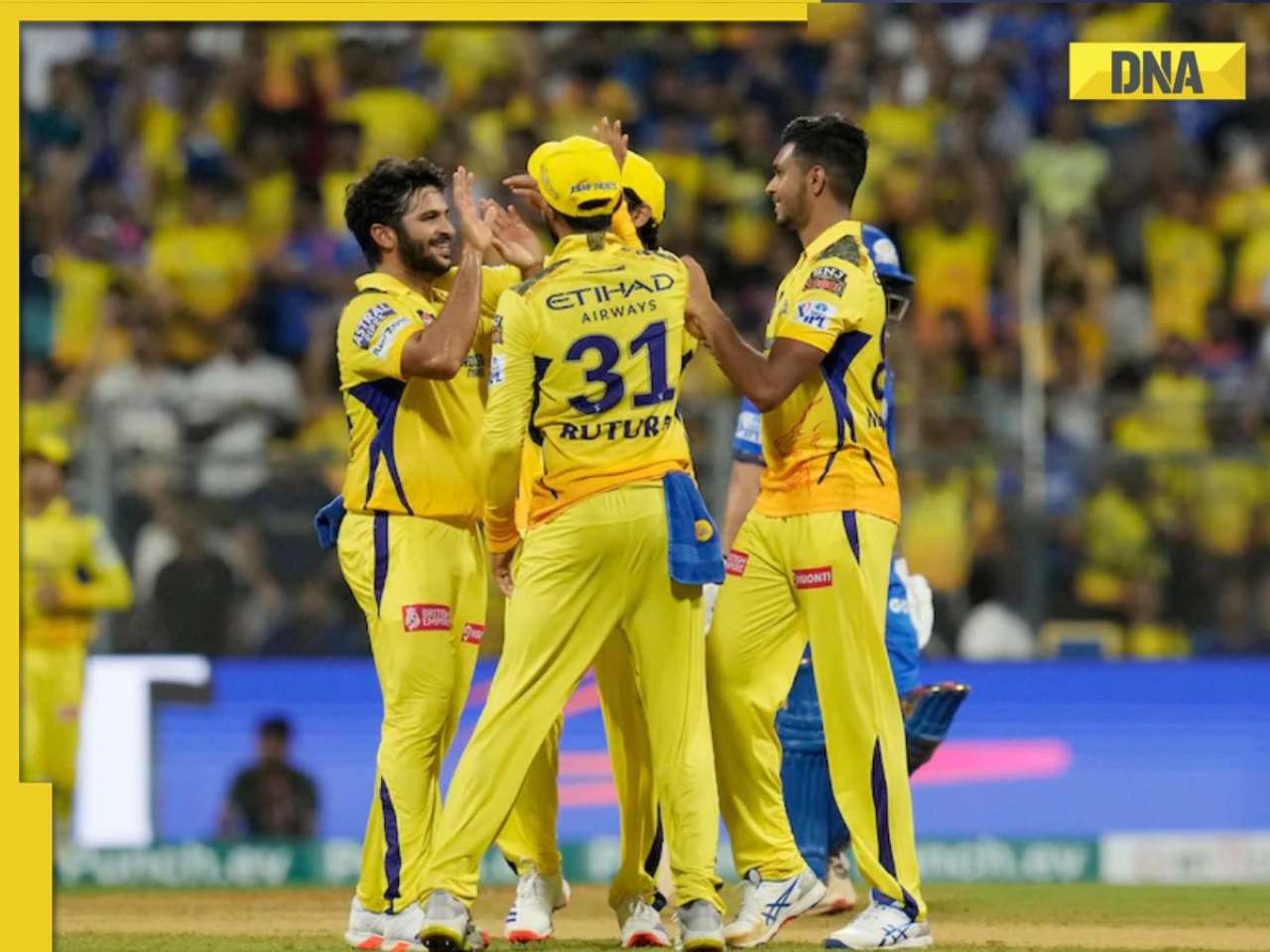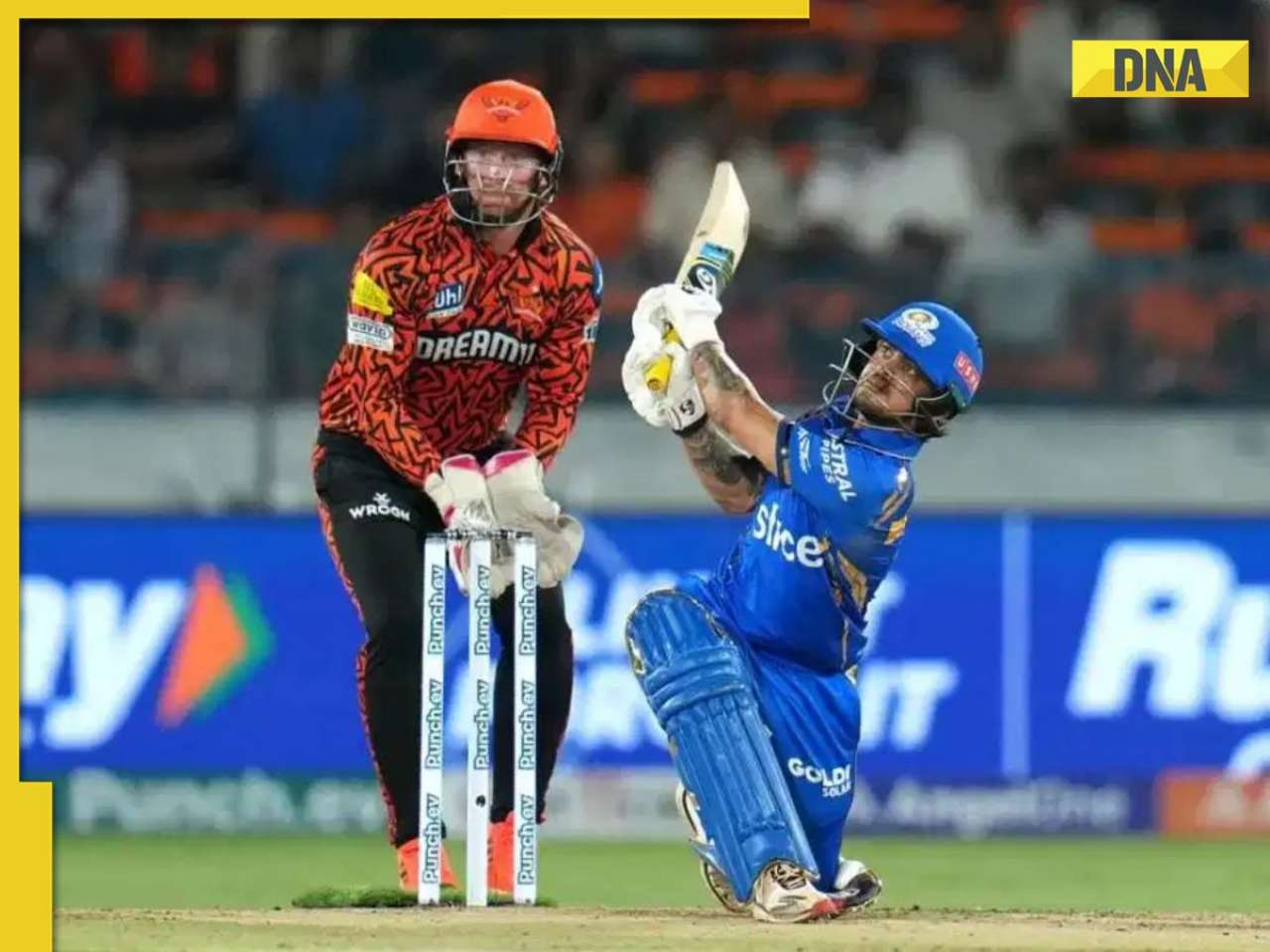There are many factors that have traditionally made Malegaon a communally sensitive place, Vaishaili Balajiwale reports.
Prominent locals argue communal rivalry is just a catalyst and not the cause of tension
Behind the blasts
MALEGAON: There are many factors that have traditionally made Malegaon a communally sensitive place. From the geographical organisation of the city—Muslims in the inner circle and Hindus in the outer—to the poor literacy, poverty and unemployment to the intra-community tensions between the natives and the migrants, Malegaon is a manipulator’s dream.
Add to it the struggle for economic control between Hindus and Muslims who control different parts of the industrial mainstay, the powerloom business, and you know why the air in Malegaon often becomes thick with tension.
Over the years, brewers of terror realised the fertility of Malegaon and soon small-scale communal riots, caches of arms and strangers, said to be visiting distant relatives, started surfacing in this city. Police frequently picked up people-locals and visitors-to interrogate for terrorist links.
For these reasons, communal rivalry as the cause for flare-ups is an easy conclusion. But scratch the surface, and the picture gets an economic angle, the defining angle in fact.
According to city insiders, the roots of the tension lie in the long-standing struggle for economic control of this city.
Malegaon survives on the powerloom industry. The owners and the workers are Muslims while the loom suppliers and the buyers are the Hindus. Many suspect that the riots are instigated by sections of the business community to further their narrow interests.
“It should be noted that even if the riot happened on a Friday or any other day, Malegaon observes a bandh on Thursday. Because Thursday is the transaction day when payments are made. Under the pretext of the riots, payments are deferred for weeks together,” says Subhash Pardeshi, a veteran local social worker.
According to Rajendra Bhosale, director of NAMCO Bank, the area’s socio-economic profile is the only reliable guide to understanding its problems. “You have to understand the social and economic structure of Malegaon and you will realise that this is not a communal problem but has been projected so and that has allowed some people to take advantage of it,” Bhosle said. 80 per cent of the population in Malegaon is Muslims, and they have caste divisions within them, he explains. 20 per cent are Hindus. Most houses in Malegaon have 13 -15 members. Incomes are meagre, illiteracy is very high and the population is easily influenced by religious leaders.
Malegaon was never a flourishing industrial centre and after the riots of October 2001, its economy completely collapsed. The powerloom businessmen ran away from declaring their businesses bankrupt. The sufferers again were the workers.
“There is ample time at hand. The youth loiter in clubs which they call ‘adare’. While most of them indulge in cards or carom it has recently been noticed that some are indulging in fuelling fundamentalism in these clubs.”
One of the reasons for the simmering Hindu-Muslim tension is the geographical structure of the city, according to Pardeshi. “The city has been developed as outer Malegaon where the Hindus reside and inner Malegaon, which is inhabited by the Muslims. Hence there is a certain tension while people move into each other’s areas in groups,” he says.
Malegaon is basically an economically and socially backward town with inherent tensions due to certain factors it can do nothing about. But the backwardness makes it prone to exploitation by religious fanatics and businessmen and then, terrorists. And so every now and then, Malegaon flares up.
![submenu-img]() Gautam Adani’s project likely to get Rs 170000000000 push from SBI, making India’s largest…
Gautam Adani’s project likely to get Rs 170000000000 push from SBI, making India’s largest…![submenu-img]() Tamil Nadu TNDGE +2 Result 2024 declared: 94.56% pass TN HSC 12th, direct link here
Tamil Nadu TNDGE +2 Result 2024 declared: 94.56% pass TN HSC 12th, direct link here![submenu-img]() 9 government jobs that pay more than IAS, IPS officer's salary
9 government jobs that pay more than IAS, IPS officer's salary![submenu-img]() Congress alleges 'deadly attack' on party office in Amethi, blames BJP
Congress alleges 'deadly attack' on party office in Amethi, blames BJP![submenu-img]() Karan Johar slams comic for mocking him, bashes reality show for 'disrespecting' him: 'When your own industry...'
Karan Johar slams comic for mocking him, bashes reality show for 'disrespecting' him: 'When your own industry...'![submenu-img]() DNA Verified: Is CAA an anti-Muslim law? Centre terms news report as 'misleading'
DNA Verified: Is CAA an anti-Muslim law? Centre terms news report as 'misleading'![submenu-img]() DNA Verified: Lok Sabha Elections 2024 to be held on April 19? Know truth behind viral message
DNA Verified: Lok Sabha Elections 2024 to be held on April 19? Know truth behind viral message![submenu-img]() DNA Verified: Modi govt giving students free laptops under 'One Student One Laptop' scheme? Know truth here
DNA Verified: Modi govt giving students free laptops under 'One Student One Laptop' scheme? Know truth here![submenu-img]() DNA Verified: Shah Rukh Khan denies reports of his role in release of India's naval officers from Qatar
DNA Verified: Shah Rukh Khan denies reports of his role in release of India's naval officers from Qatar![submenu-img]() DNA Verified: Is govt providing Rs 1.6 lakh benefit to girls under PM Ladli Laxmi Yojana? Know truth
DNA Verified: Is govt providing Rs 1.6 lakh benefit to girls under PM Ladli Laxmi Yojana? Know truth![submenu-img]() Jr NTR-Lakshmi Pranathi's 13th wedding anniversary: Here's how strangers became soulmates
Jr NTR-Lakshmi Pranathi's 13th wedding anniversary: Here's how strangers became soulmates![submenu-img]() Streaming This Week: Heeramandi, Shaitaan, Manjummel Boys, latest OTT releases to binge-watch
Streaming This Week: Heeramandi, Shaitaan, Manjummel Boys, latest OTT releases to binge-watch![submenu-img]() Remember Ayesha Kapur? Michelle from Black, here's how actress, nutrition coach, entrepreneur looks after 19 years
Remember Ayesha Kapur? Michelle from Black, here's how actress, nutrition coach, entrepreneur looks after 19 years![submenu-img]() Remember Heyy Babyy's cute 'Angel' Juanna Sanghvi? 20 year-old looks unrecognisable now, fans say 'her comeback will...'
Remember Heyy Babyy's cute 'Angel' Juanna Sanghvi? 20 year-old looks unrecognisable now, fans say 'her comeback will...'![submenu-img]() In pics: Arti Singh stuns in red lehenga as she ties the knot with beau Dipak Chauhan in dreamy wedding
In pics: Arti Singh stuns in red lehenga as she ties the knot with beau Dipak Chauhan in dreamy wedding![submenu-img]() DNA Explainer: Why Harvey Weinstein's rape conviction was overturned, will beleaguered Hollywood mogul get out of jail?
DNA Explainer: Why Harvey Weinstein's rape conviction was overturned, will beleaguered Hollywood mogul get out of jail?![submenu-img]() What is inheritance tax?
What is inheritance tax?![submenu-img]() DNA Explainer: What is cloud seeding which is blamed for wreaking havoc in Dubai?
DNA Explainer: What is cloud seeding which is blamed for wreaking havoc in Dubai?![submenu-img]() DNA Explainer: What is Israel's Arrow-3 defence system used to intercept Iran's missile attack?
DNA Explainer: What is Israel's Arrow-3 defence system used to intercept Iran's missile attack?![submenu-img]() DNA Explainer: How Iranian projectiles failed to breach iron-clad Israeli air defence
DNA Explainer: How Iranian projectiles failed to breach iron-clad Israeli air defence![submenu-img]() Karan Johar slams comic for mocking him, bashes reality show for 'disrespecting' him: 'When your own industry...'
Karan Johar slams comic for mocking him, bashes reality show for 'disrespecting' him: 'When your own industry...'![submenu-img]() Kapoor family's forgotten hero, highest paid actor, gave more hits than Raj Kapoor, Ranbir, never called star because...
Kapoor family's forgotten hero, highest paid actor, gave more hits than Raj Kapoor, Ranbir, never called star because...![submenu-img]() Meet actress who lost stardom after getting pregnant at 15, husband cheated on her, she sold candles for living, now...
Meet actress who lost stardom after getting pregnant at 15, husband cheated on her, she sold candles for living, now...![submenu-img]() This singer ran away from home at 14, lived with monks, attempted suicide, slept on roads, now earns Rs 10 lakh per song
This singer ran away from home at 14, lived with monks, attempted suicide, slept on roads, now earns Rs 10 lakh per song![submenu-img]() India's most expensive TV show today, just sets cost Rs 100 crore, has Adipurush connect, IPL killed it in just 4 months
India's most expensive TV show today, just sets cost Rs 100 crore, has Adipurush connect, IPL killed it in just 4 months![submenu-img]() IPL 2024: Kolkata Knight Riders take top spot after 98 runs win over Lucknow Super Giants
IPL 2024: Kolkata Knight Riders take top spot after 98 runs win over Lucknow Super Giants![submenu-img]() ICC Women’s T20 World Cup 2024 schedule announced; India to face Pakistan on....
ICC Women’s T20 World Cup 2024 schedule announced; India to face Pakistan on....![submenu-img]() IPL 2024: Bowlers dominate as CSK beat PBKS by 28 runs
IPL 2024: Bowlers dominate as CSK beat PBKS by 28 runs![submenu-img]() IPL 2024: Big blow to CSK as star pacer returns home due to...
IPL 2024: Big blow to CSK as star pacer returns home due to...![submenu-img]() SRH vs MI IPL 2024: Predicted playing XI, live streaming details, weather and pitch report
SRH vs MI IPL 2024: Predicted playing XI, live streaming details, weather and pitch report![submenu-img]() Job applicant offers to pay Rs 40000 to Bengaluru startup founder, here's what happened next
Job applicant offers to pay Rs 40000 to Bengaluru startup founder, here's what happened next![submenu-img]() Viral video: Family fearlessly conducts puja with live black cobra, internet reacts
Viral video: Family fearlessly conducts puja with live black cobra, internet reacts![submenu-img]() Woman demands Rs 50 lakh after receiving chicken instead of paneer
Woman demands Rs 50 lakh after receiving chicken instead of paneer![submenu-img]() Who is Manahel al-Otaibi, Saudi women's rights activist jailed for 11 years over clothing choices?
Who is Manahel al-Otaibi, Saudi women's rights activist jailed for 11 years over clothing choices?![submenu-img]() In candid rapid fire, Rahul Gandhi reveals why white T-shirts are his signature attire, watch
In candid rapid fire, Rahul Gandhi reveals why white T-shirts are his signature attire, watch


















































)
)
)
)
)
)